Explore the best places
Heritage in Portugal
Igreja da Misericórdia de Silves
- heritage
Rua da Misericórdia, 2
8300-137, Silves
Church composed of a single nave and with a main facade equipped with a staircase with two flights of stairs. The façade also has a portico with a triangular pediment. On the inside, the church has a barrel vault and, on the high altar, there is a 16th century altarpiece with grooved ionic columns that is worth special mention. It has painted panels; the main one depicts the Visitation, while the four side panels and the three upper panels are allusive to the seven works of Mercy.
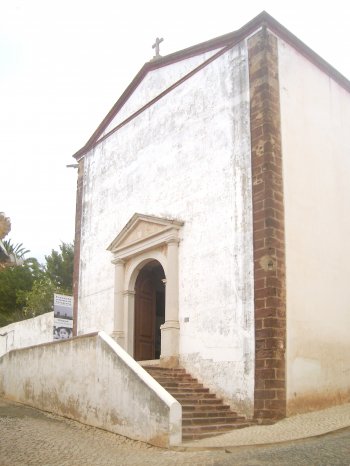
Igreja de Nossa Senhora da Conceição / Igreja Paroquial de Alcantarilha
- heritage
Largo da Igreja, 2
8365-012, Alcantarilha
Manueline temple where the chancel’s vaulted roof and the triumphal arch are worth special mention. Also of interest is the chancel’s 18th century altar piece, done in a rococo style, and the baroque chest of drawers in the sacristy. There is a small bone chapel attached to the church.
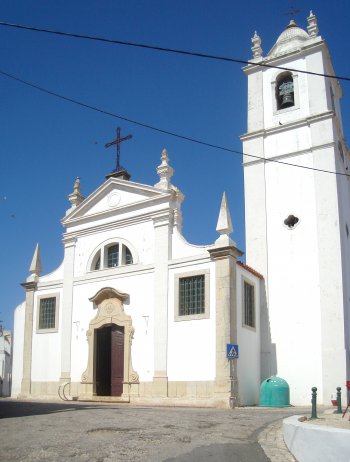
Sé Catedral de Silves
- heritage
Rua do Sagrado Coração de Maria
8300-146, Silves
Gothic temple erected using local red sandstone. The temple has suffered quite a lot of alterations during restoration programmes. A portico with an ogival archivolt stands out in the main façade. The baroque style door dates back to 1781. The interior is composed of three naves, the most central of which is more elevated than the other two.
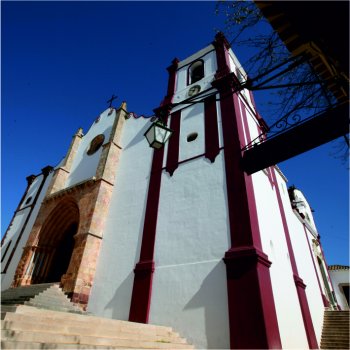
Castelo de Silves
- heritage
Rua do Castelo
8300-112, Silves
Silves castle is the biggest castle in the Algarve and one of the most remarkable works of military architecture inherited from the Arab occupation. Its structure was made up of several elements: the Alcáçova (fortress), the Almedina walls (at the central part of the fortified town), the Couraça (armour), the Arrabalde walls (located at the suburbs of the fortified town) and some ditches. Of all these elements the Alcáçova is the most important and is also where you can see two cisterns that date back to the time of the original building. You can also see a well, called Cisterna …
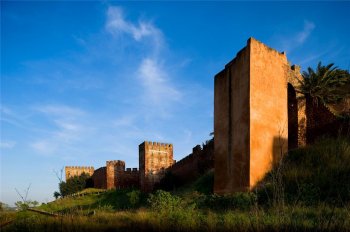
Museu do Carro
- heritage
EN269 - Quinta dos Avós
8365-083, Algoz
Este museu expõe uma coleção de veículos de tração animal, na sua maioria provenientes da atividade agrícola. Inclui exemplares de carros de mula, charrete, aranha, carro da água, carro dos cântaros, carro de capoeira, carreta, demonstrando a evolução técnica e artística dos meios de tração animal utilizados pelos algarvios até ao aparecimento do automóvel. Também estão expostos exemplares de alfaias agrícolas e arreios.
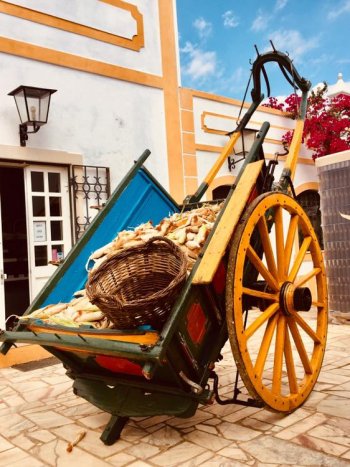
Igreja de São Pedro/Igreja Matriz da Sertã
- heritage
Rua Doutor Ângelo Henriques Vidigal
6100-758, Sertã
This temple had an outline originally gothic and afterwards it was added renaissance and baroque elements. There is a main altar in carving, the pulpit; the lateral altars, the glazed tiles and the roofs decoration are some of the elements that we ought to stand out. On the sacristy it is worthy to mention São Pedro altarpieces on the throne and São Pedro martyrdom from the 16th century.
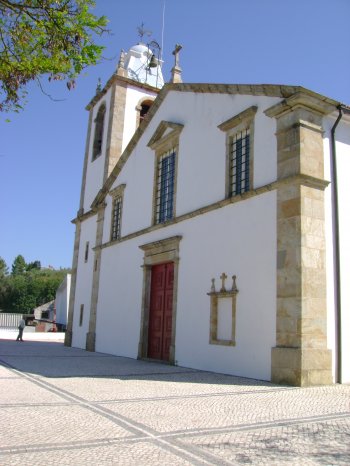
Convento de Santo António
- heritage
Rua do Convento, 12
6100-597, Sertã
In ancient times this was the male convent of the order of St. Francis, consisting of nave, chancel, Conventual dependencies in two-storey cloister. Watch out in fresh in the nave and chancel.
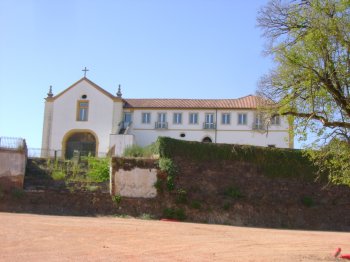
Igreja da Misericórdia da Sertã
- heritage
Rua da Misericórdia
6100-749, Sertã
Church consists of nave, sacristy and dependencies that stands out for having: a high altar in gilt, figurative and geometric tile panels of the 18th century, the Renaissance portico and the Gothic window. The nave ceiling paintings are by Joaquim Silva Motta.
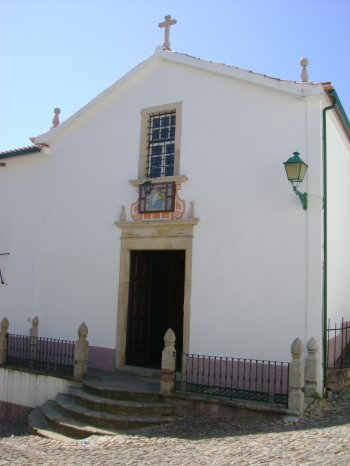
Ponte da Carvalha
- heritage
Alameda da Carvalha
6100-730, Sertã
This bridge is composed by six full arches with breakwaters, flat platform and masonry parapet.
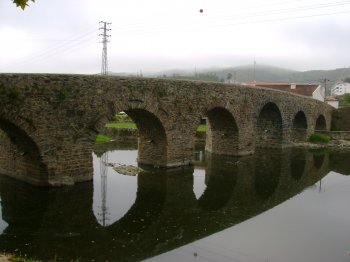
Castelo da Sertã
- heritage
Miradouro do Castelo
6100-631, Sertã
Mountain Castle, medieval type, with walls of schist. Inside, it has a quadrangular Tower and Church nave only, with narrower chancel and Bell Tower-Church of Saint John the Baptist. The castle was abandoned for centuries and only in the year 1998 was rebuilt. The original monument kept the tower and some of the wall cloths in shale. The Foundation of this fortification is ascribed to Sertorius. It was rebuilt by count Dom Henrique and, in 1174, was donated by his son to the Hospitallers.
